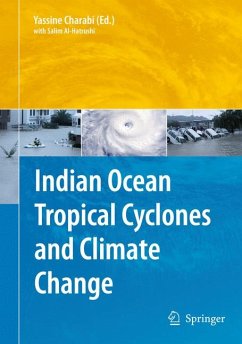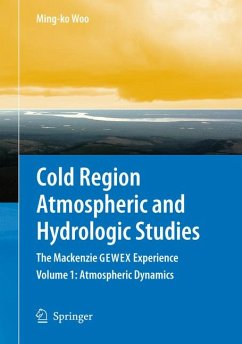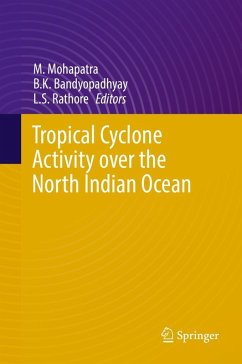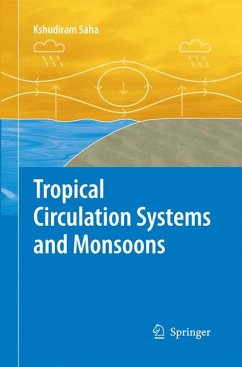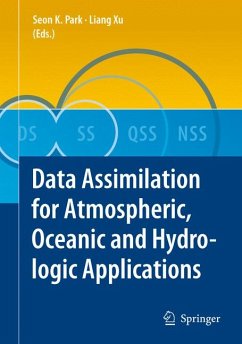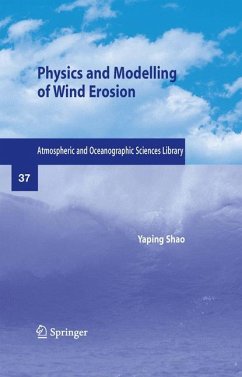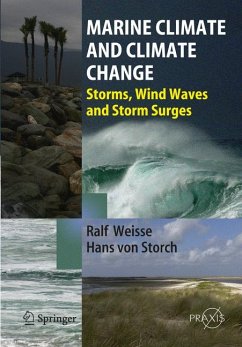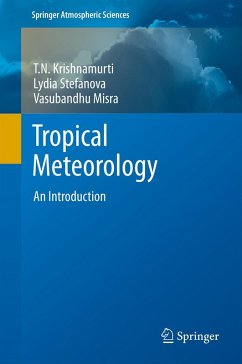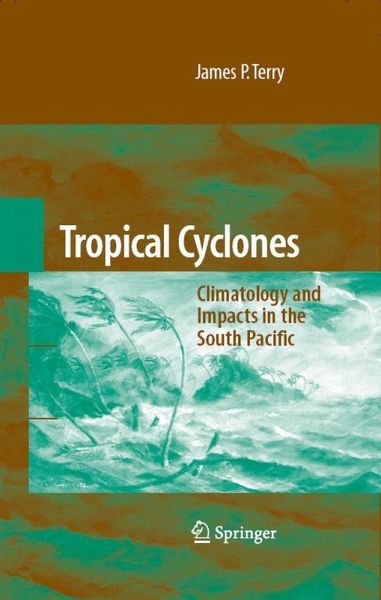
Tropical Cyclones (eBook, PDF)
Climatology and Impacts in the South Pacific
Versandkostenfrei!
Sofort per Download lieferbar
72,95 €
inkl. MwSt.
Weitere Ausgaben:

PAYBACK Punkte
36 °P sammeln!
This original book describes the behavior of tropical cyclones in the South Pacific. It investigates the broad range of disturbance effects these violent storms have on the physical environments of the islands that lie in their path and the people who live on them. It is the first book to link these two themes - the characteristics of cyclones and their landscape impacts. Examples and illustrations are drawn widely from across the South Pacific. Numerous maps, informative drawings, and many spectacular photographs are used with great effect throughout, resulting in a highly readable volume. In...
This original book describes the behavior of tropical cyclones in the South Pacific. It investigates the broad range of disturbance effects these violent storms have on the physical environments of the islands that lie in their path and the people who live on them. It is the first book to link these two themes - the characteristics of cyclones and their landscape impacts. Examples and illustrations are drawn widely from across the South Pacific. Numerous maps, informative drawings, and many spectacular photographs are used with great effect throughout, resulting in a highly readable volume. In particular, students of physical geography will find this book an authoritative source. It should also appeal to those concerned with climate change.
Dieser Download kann aus rechtlichen Gründen nur mit Rechnungsadresse in A, B, BG, CY, CZ, D, DK, EW, E, FIN, F, GR, HR, H, IRL, I, LT, L, LR, M, NL, PL, P, R, S, SLO, SK ausgeliefert werden.




